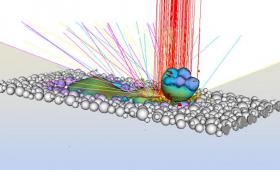Livermore researchers have discovered a strategy for reducing or even eliminating defects in parts built through a common, laser-based metal 3D-printing process.
Science and Technology Highlights

A multi-institutional team of researchers led by Lawrence Livermore has developed a smart, breathable fabric that protects the wearer against biological and chemical warfare agents, and could also be used in medical settings.

Livermore researchers have identified an initial set of therapeutic antibody sequences for SARS-CoV-2.
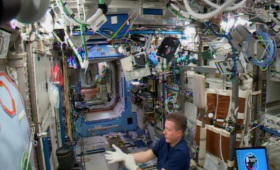
A study has found that the environment of the International Space Station is affected by the microbial composition of the astronauts themselves.
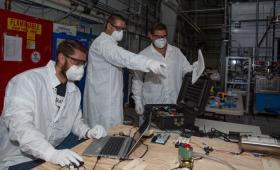
While hospitals across the U.S. faced a possible shortage of mechanical ventilators due to COVID-19, a self-assembled Livermore “skunk works” team worked tirelessly to prototype a simple ventilator design for quick and easy assembly from available parts.
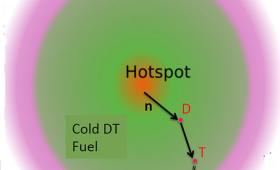
Researchers have developed an innovative technique for diagnosing the properties of the plasma created during inertial confinement fusion implosions at the National Ignition Faciilty, yielding in sights into 'failed stars'.

The Lab’s unclassified, Penguin Computing-built Corona high-performance computing cluster will be upgraded with an in-kind contribution of AMD Instinct™ accelerators to nearly double the peak performance of the machine.
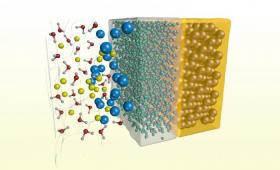
A research team showed that ion transport near a hydrophobic interface is dependent not only on applied voltage, but on the type of ion.

Livermore material scientists have used an additive manufacturing technique to create thermoelectric generators that can harvest waste heat.

In 2019, Americans used less energy than in 2018, according to the most recent energy flow charts released by Lawrence Livermore.


